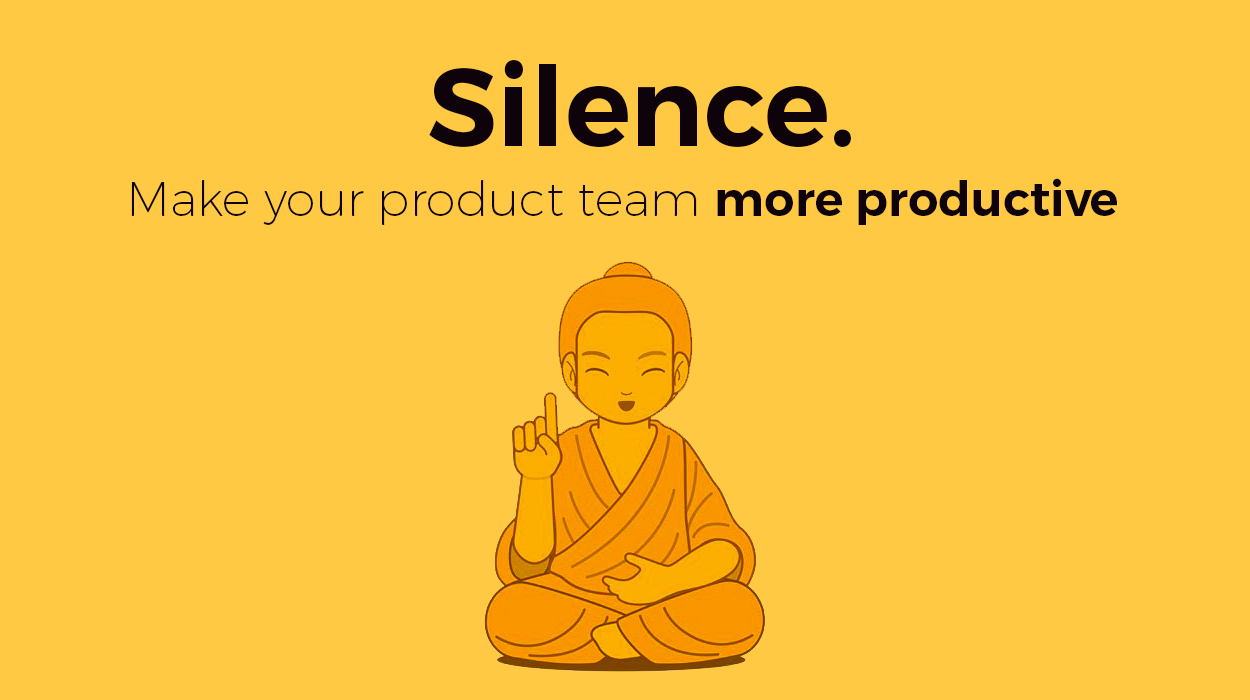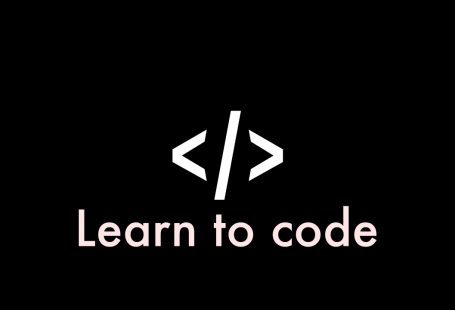
A lot of companies nowadays are open environments. That’s great for an open atmosphere but also has a big drawback: noise. Engineering a tech product requires a lot of detailed work and focus. Noisy work environments and engineering don’t go together and reduces productivity.
That’s why I always focus on creating silence as a fundamental stepping stone towards nurturing a great workplace for engineering talent. Every item mentioned is from my actual experience.
I’m going to give you a few simple ways to make your product team more productive. This article will be the cheapest way to get more out of your team (and a bang for your buck).
Reading time: 3 minutes
Work hard in silence, let success make the noise.
Why is silence so important
- You can’t focus without it. Science has already proven in multiple studies your brain can’t focus without silence. It actually also is a cause for stress and all things related.
- Your brain actually doesn’t process all of it. Simple exercise: how much meetings and conversations do you still remember in clear detail from 3 days ago? If the answer is ‘nothing or not a lot’, you’re definitely reading the right article.
- Good ideas mostly come from downtime. People who go for a walk, meditate usually get more eureka moments or brain farts that can lead to bigger things. Engineering sometimes requires solutions some brains need to produce. And they’re not produced with you talking.
- Money: distractions are costly. Your developer not focused = not producing anything of real significance. Noise = money losing game.

As I mentioned on ‘How to hire the right product manager’ it’s important to facilitate talent and not boss them around. That will only do the exact opposite of making them productive.
Here are 3 simple ways to get your team more productive:
Turn a meeting room into a silence room
In most tech companies the developers are scattered around the office. Mixed in with sales and marketing which need to do a lot of communication. No developer wants to hear all that jibber-jabber all day long.
Think about it this way: most companies have meeting rooms facilitating noise (= talking). Why don’t you facilitate silence with a similar space to encourage focus?
Most developers and engineers like and need silence to keep focus and get into a certain flow (mostly referred to as ‘in the zone’). It would be actually obvious to put more effort into creating a space for focus and absolute concentration. Create a new room or space where only silence is allowed and real work can be done.
I’ll go even one step further by saying: I would bet a silence room will make you more money product and result wise than all your meeting rooms combined.
Every engineering team needs a sheriff
A sheriff will solve this big problem most development teams have…
In most cases when anything is wrong in production, a lot of co-workers will walk straight to the developers department and will make their problem sound like the most important problem that needs to be fixed now.
By trying to solve your problem, you’re creating a problem even bigger: distracting developers. Most problems can wait to be fixed and your prioritization just goes to hell with it as a product manager. Constant distractions are equally harmful as noise.
That’s where you solve it be introducing a sheriff. A sheriff is one person of the development team appointed to be the only contact for everyone in the company. The rules you can implement to really take it seriously:
- You may only physically walk up to the sheriff. Nobody can disturb the others. If you do, you’ll get reported to your direct manager and it will have consequences.
- It needs to be of actual importance Something that is directly affecting customers, not something you already know can wait and has a protocol on how to (bug) report.
- Make it simple to access the sheriff He or she has a sign or something that can be recognised at their table to indicate the sheriff. Nobody has to ask or confirm.
- Rotate the role Every person in the team will be the sheriff. It rotates every sprint to prevent one person having a permanent extra workload.
Do meetings the Dutch way
Most of you hate meetings. They’re boring and half of it is not that efficient. SCRUM meetings can be even more lengthy with their set requirements (4 hours for a Retrospective).
Again, meetings can make you lose money faster than you think. Let’s say I have a SCRUM Retrospective meeting with 5 engineers, 1 design, 1 UX and the product manager. Each costs the business $100 an hour.
This meeting will cost you (8×100)x4 = $3200! That’s quite a bill for a mid-size tech company. Is the meeting really worth the bill?
If you’re building product, you need to think business and money. As I’m dutch I can vouch for doing meetings the Dutch way:
- Set clear meeting goals upfront If you receive a meeting without a clear goal set in its description: decline. Tell the organizer to set a clear goal and the reason why it’s important (just link to this article of you feel a bit lazy).
- Keep it short and sweet. Like the Dutch: cut the crap and tell me straight-forward what you want to say or get done. Every (SCRUM) meeting can be cut in half from now on.
- No meetings without actions. Agree on actions to be taken at the end of the meeting. Assign who will be responsible for those actions. For example: Retrospective says we did X wrong, plan an action to improve X and agree to review what action was taken at the next Retrospective. This is basically putting the cycle of Deming into practice.
- No meetings to make people feel important. Most meetings are just to make people feel heard like a meeting to align certain departments. That’s ok. But some portion tends to go towards people wanting to feel important and a need for attention. Avoid this like the plague.
- Only involve relevant people. Meetings with 20 people mostly result in compromised decisions and will last for ages. Once again, meetings are not to address someone’s feelings. They’re there to get things done and achieve outcome. Only those who are part of the execution to achieve the outcome should be there.
In summary: leave all shenanigans at the door. Do meetings the Dutch way. It will cut back on talking and getting back to focus faster.
Start leading the way to productivity
I hope by now you’ll have some inspiration to start thinking about one question: Is my company facilitating silence in a way that can make my team more productive and improve their work place environment and the outcome on product?
If the answer is no or you’re unsure, you only have one option: discuss this topic with your team and you’ll be leading the way for your team towards that productivity you want to achieve.
Like this article? Share it to your colleagues or business contacts and help them get inspiration on how to get their product team more productive.



